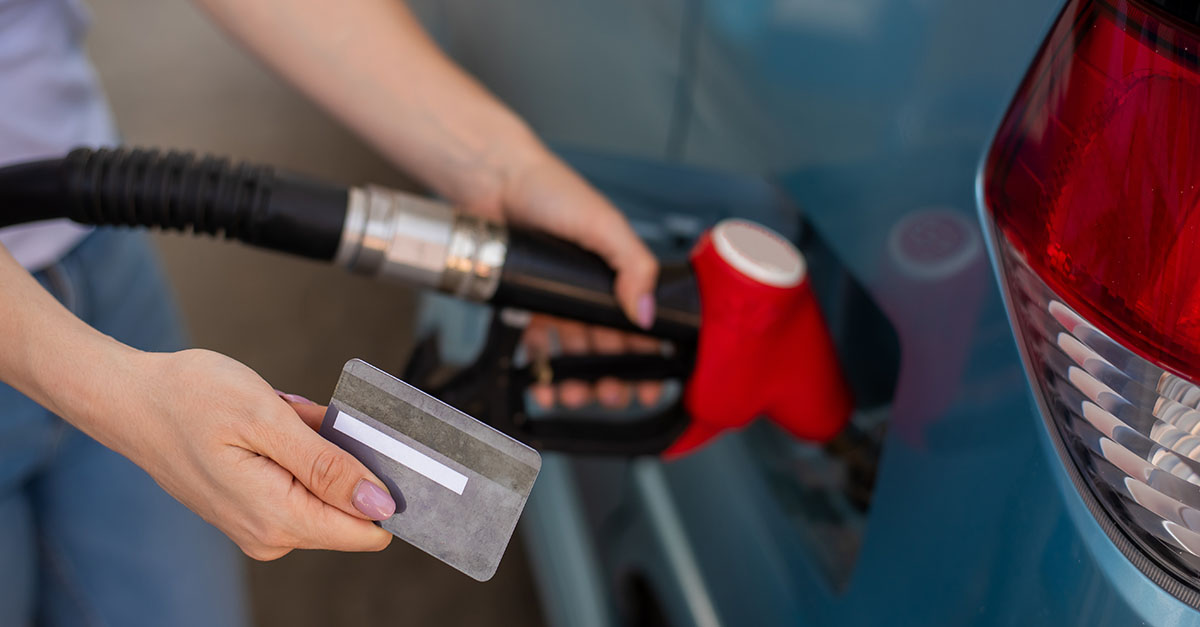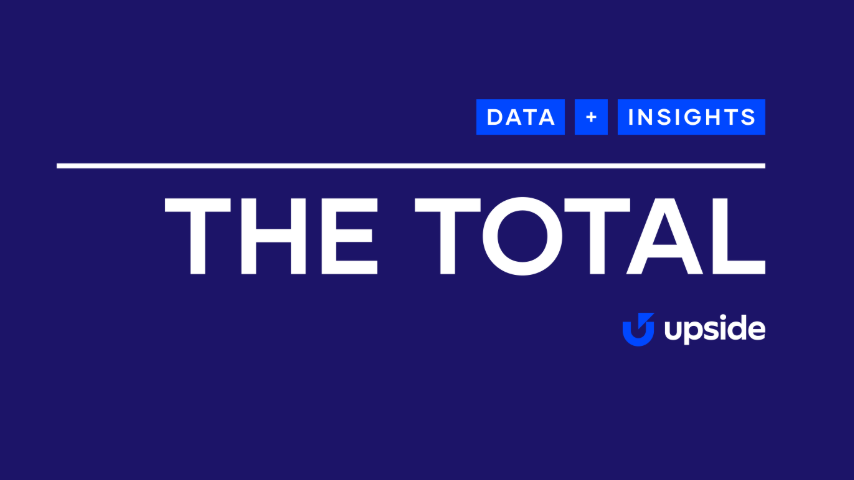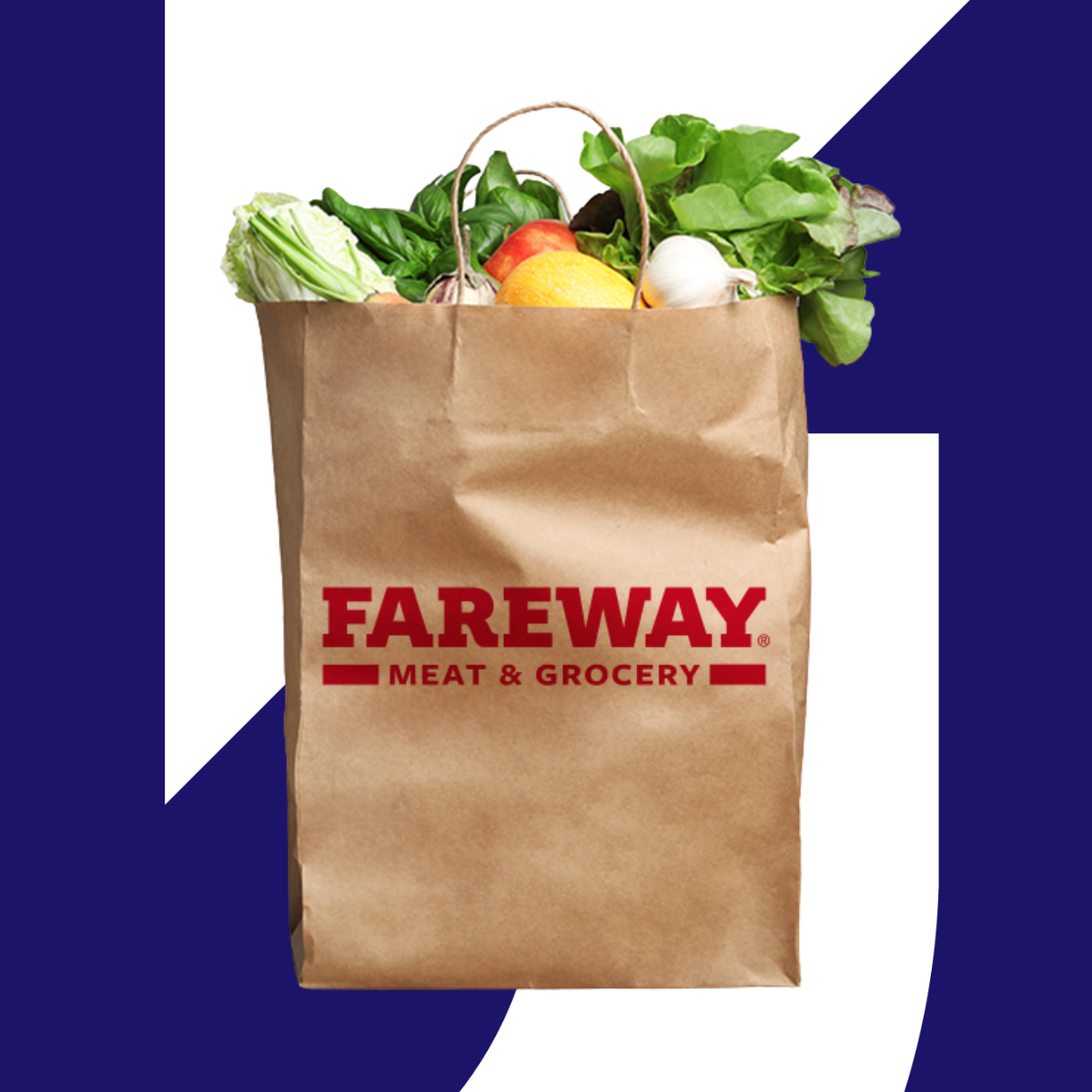The Waze pilot proved Upside works
Surfacing real cash-back offers inside a map app led to successful outcomes for consumers, retailers, and Google alike.
Back in 2022, the Waze team partnered with Upside on a simple pilot. They wanted to know what happens when you surface real cash-back offers inside a map app — right when someone’s searching where to go.
The test ran across nearly 2,900 American gas stations. When users saw Upside offers in the Waze app, a deep link guided them through a one-time app download and signup, then redirected them to the offer details for that specific station. Even with these additional steps, the model proved its value.
The results from the pilot were clear:
- 430% lift in ad engagement
- 63% increase in search click-through rates of decorated points of difference
- 3.1 transactions within 3 weeks by each active user, on average
We also modeled a more integrated, lower-friction experience — removing the need for a separate app download or redirect. This version would drive 2x conversion efficiency, reinforcing the impact of simplifying the user journey.
The Waze team liked the user response, but they really liked the clarity it gave advertisers. For the first time, they could tie a digital search to a verified, incremental, in-store purchase with absolutely no guesswork.
Had it scaled, Waze was projected to earn tens of millions in annual revenue. That's just from a single vertical, in a single product, based on a single test window.
If expanded across Google Maps, that opportunity grows significantly. It has the potential to generate hundreds of millions in annual revenue.
Today the infrastructure is already in place, the use case is proven, and the retailer network is live. Overall, the tech is ready — all you need to do is flip the switch.
Future-proof Maps by partnering with Upside
With privacy pressures reshaping how platforms prove value, retailers demanding clarity over clicks, and users expecting relevance in the moments that matter, the game is changing fast.
Adding Upside to Google Maps can help future-proof the platform in three critical ways:
- It will create a new revenue stream tied to real-world outcomes.
Google Maps already dominates the moment of intent. A user opens the app, types in “gas station near me,” and heads out the door. But that action — real-world movement tied directly to a digital prompt — isn’t fully monetized yet. Upside changes that by adding a new layer that generates revenue only when a transaction is verified. It’s pay-for-performance with a clear ROI, and CPC math or impression costs.
This model complements your ad business. It unlocks a monetization path for users and retailers that wasn’t previously reachable or measurable. That’s a revenue stream you don’t have today, delivered without adding friction to the experience.
- It will deliver attribution that holds up under scrutiny.
With Upside, every step is tracked: the moment the offer appears, when it's claimed, when the purchase happens, and whether it was incremental. Our incremental measurement methodology closes the loop from map search to purchase with zero guesswork.
That kind of attribution is rare, especially in a privacy-first world. And it's valuable. It gives your teams the ability to show retailers what they got, all the way down to the dollar. It also gives Google Maps a stronger position in a market that’s demanding more transparency, more accountability, and more clarity on what’s actually driving value.
- It will provide a better experience for both users and retailers.
Most users who go to Maps are there to make a decision. Upside simply adds a nudge — a reason to choose one retailer over another. The offer appears right in the flow, without the need to search or jump to another app. It feels like a valuable recommendation. That kind of relevance increases engagement without ever asking the user to “convert.”
For retailers, especially SMBs, it’s easy to get started. They just enroll, and Upside handles the rest. They only pay when it works — and they can see the lift in verified sales, not vague attribution dashboards. It’s the kind of growth support small businesses want, but rarely get at this scale.
Activate our partnership to boost annual revenue
Share this article:
Request a demo
Request a demo of our platform with no obligation. Our team of industry experts will reach out to learn more about your unique business needs.










.png)





